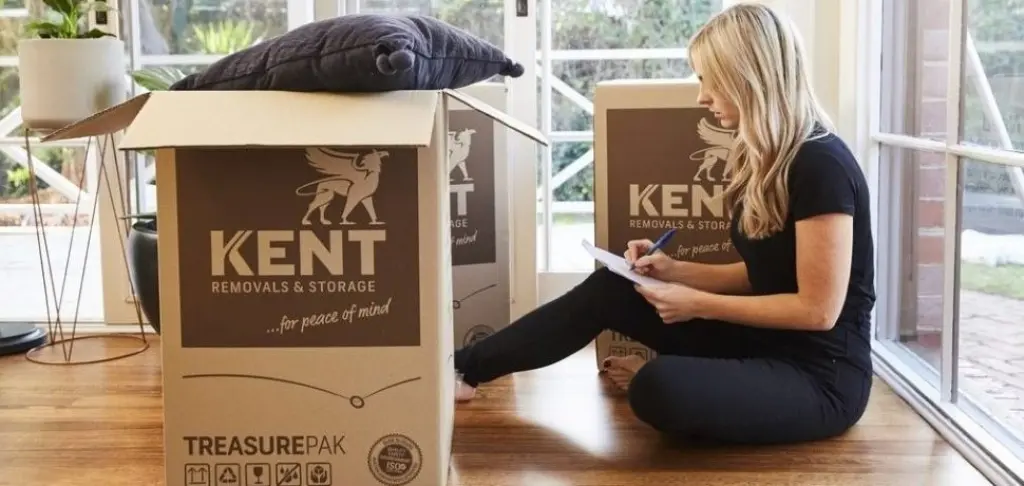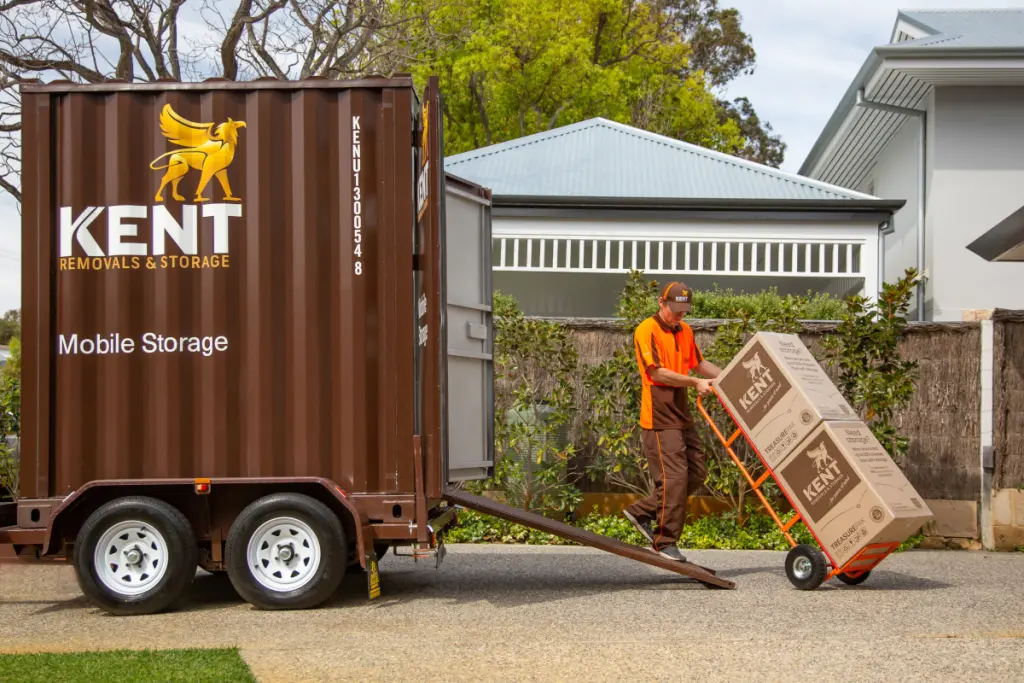Step 1: Map out Your Storage Unit to Ensure the Heavy Furniture Will Fit Inside
One of the best tips for moving heavy furniture is mapping out your storage unit early. If you have a very full storage unit, you may even need to draw up a to-scale model. There’s nothing worse than moving your super heavy L-shaped lounge all the way down to your storage unit, only to fit that it won’t actually fit inside! So, do your planning, and drop it in the right place the first time.
Step 2: Purchase or Hire a Hand Trolley, Moving Dolley and Lifting Straps
The first step in knowing how to move heavy furniture easily is investing in good quality moving equipment. You need to leave your ego at the door, and put your personal health and safety first. This means acquiring moving equipment designed to reduce the stress and strain that moving heavy items places on your body; particularly relevant when knowing how to move heavy furniture by yourself.
Some moving equipment to consider:
Hand trolley: Depending on what type of furniture you’re moving, a metal, upright hand trolley will come in handy. You simply wheel it underneath the item you’re moving, tilt the item backwards until the trolley is supporting its weight, and then wheel the item around. Hand trolleys are great for bookcases, washing machines, dryers, and dressers.
Moving dolley: Used in much the same way as a hand trolley, a moving dolley is a flat piece of wood, connected to four wheels. Simply place the piece of furniture on top, and you can push it around. Just be sure that you have a helping hand when it comes to placing the item onto the dolley.
Lifting straps: lifting straps connect from your shoulders to the heavy item that you’re moving into storage. If you suffer from back pain, lifting straps are particularly beneficial as they disperse the weight of the object you’re moving throughout large muscle groups, give you additional leverage, and carry the added benefit of freeing up your hands. Keep in mind that lifting straps should never be used when moving heavy items up or down stairs. In this instance, the weight of the item will be shifted completely to the person on the lower step.
Step 3: Reduce the Weight of the Furniture as Much as Possible
The best way to move heavy furniture is to reduce the weight of it as much as possible. For instance, if you’re moving a chest of drawers, be sure to remove all the drawers before you try to move it. If you can take the legs off a table, it will not only make it lighter, but much easier to manoeuvre. Similarly, it’s always a good idea to take apart a bed frame before you try to move it into storage.
Step 4: Slide Heavy Items Wherever Possible
Slide heavy furniture wherever possible. Keep in mind though, sliding is very different to dragging. Dragging will destroy your floor and your furniture. So, to slide rather than drag, you need to feed either a moving blanket, ‘sliders’, or even lids from plastic tubs underneath your heavy furniture. Blankets, sliders and lids reduce the friction between the heavy piece of furniture and the floor, making the furniture much easier to move. In fact, once in place, you should be able to push the piece of furniture across the floor. Just be sure to push from a lower section to keep the piece of furniture from tipping up.
Step 5: If You Must Carry Heavy Furniture Ensure Your Technique Is Spot On
When determining ways to move heavy furniture, sometimes you simply have no other option but to carry it. In this case, make sure you have an extra pair of hands to help. Be sure to bend your knees rather than your waist, and keep your core muscles tight. Always lift heavy furniture through your thighs and your core, never your back.
Also, keep in mind that different shaped items need different lifting techniques:
Tall furniture (like bookcases): Needs to be carried on an angle, with one person picking up the lowest point and the other person grabbing it at the highest end to keep it stabilised, preventing it from tipping over.
Short, squat items (like couches): Should be carried on their end or diagonally, depending on the access points you need to get them through.
Step 6: Hire a Vehicle with a Hydraulic Lift
If you’re hiring your own moving truck or van, be sure to opt for one that comes complete with a hydraulic lift. Moving heavy furniture into a moving truck can be very dangerous if you don’t know what you’re doing. A hydraulic lift means you don’t have to move your furniture from low-to-high—you don’t actually have to lift your heavy furniture up. By eliminating this step, you minimise a whole myriad of safety risks. Plus, your back and shoulders will thank you for it. If you can’t find a vehicle with a hydraulic lift, then invest in a ramp. This way, using your hand trolley or moving dolley (from step one), you can simply wheel your heavy furniture into the moving truck.
Step 7: Call in the Professionals
The best way to move heavy furniture into storage is to call Kent’s storage professionals. With a team of professionals on the job you can rest assured that your property and furniture will remain undamaged, your back, neck and shoulders will remain uninjured, and everything else (from moving equipment, to the vehicle and even the storage space) will be completely taken care of.







